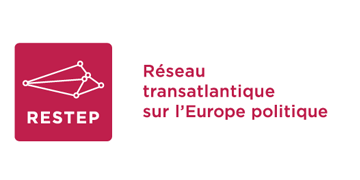Luna Vives – Environment and Planning C: Politics and Space – Chronicle of a “crisis” foretold: Asylum seekers and the case of Roxham Road on the Canada-US border
Irregular crossings at the Canada-US border between 2017 and 2019 made headlines and pervaded political debates. Drawing on the literature on the instrumentalization of migration crises and on the disappearance of asylum in Canada, this article interrogates the “crisis” framing of these arrivals. We argue that, at its core, this framing builds on the incremental erasure of asylum seekers as a legal and political reality from the Canadian public sphere over the last three decades. During this period and leading up to 2017, there was a shift in the public understanding of asylum from an international obligation to a problem that had been dealt with and erased. When this “problem” resurfaced in 2017, it shattered the illusion. Over the past two decades, Canada and the United States have created a hostile border architecture that channels migrants towards a narrow section of the Quebec-New York border known as Roxham Road. This generated pressures on Quebec’s migrant settlement resources, providing the elements for a framing of these arrivals as a “crisis” and paving the way for the implementation of exceptional measures within a very tight framework, with massively expanded budgets, and with the participation of a range of public and private actors at times unfamiliar with the international protection system and unprepared to meet the needs of asylum seekers. The discussion concludes with an examination of two main legacies of the Roxham Road events: the articulation of a Canada-specific form of border humanitarianism and the solidification of an old policy aspiration – the elimination of the agentic asylum seeker.










